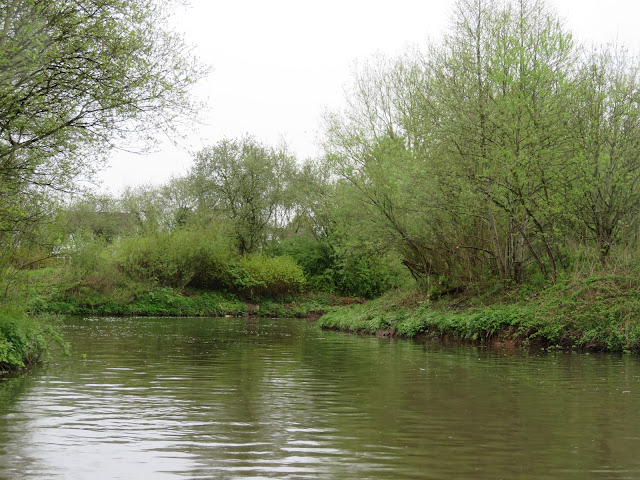Once up the Millennium Link we turned right towards Preston and were pleased to find that there was nobody on the moorings by the services. As it was raining we just sat it out and recovered our breath.
The next day we decided to walk into Preston as we had never been there before, other than on the train. We walked down the canal tow path to the present end. The canal did continue towards the city but now ends in this inglorious end spot, not even a winding hole.
It took about 40 mins to walk into the city centre, past the University College Lancaster campus. We walked through the covered and open markets that had just been refurbished. We bought some local delicacies and stuff for a couple of meals before heading to the Harris Museum and Gallery. Edmund Harris left £300,000 in 1877 to the memory of his father Rev. Harris who had been vicar in the town for 64 years. In 1878 the Preston Corporation opened their first free public library with the contents of the Literary and Philosophical Institute. It was a success so they decided to use the bequest to build a library/museum. The bequest stated that none of it could be used to purchase real estate so the Council had to get an Act of Parliament to do so, and then use the Harris money to construct. It started to built in 1882 and completed in 1893.
The architect was Preston born James Hibbert with Nathan Rainford. It is in the Neo-Classical style and Hibbert had input into just about everything. He designed the pediment was desigend by Hibbert and is called 'School of Athens' but was sculpted by Edwin Roscoe Mullins. The other feature is there are no steps up to the front door from the front but round the side behind the gallery/veranda. Hibbert had great input into the interior and decoration. The main feature is the central hall which is four floors and 120' tall to a lantern tower. It is Grade 1, and deservedly so.
One of the reasons we wanted to go to the Harris was to see an exhibition by Lubaina Himid who is a professor of Contemporary Art at the University of Central Lancashire here in Preston. We came across her at the Year of Culture in Hull when she won the Turner Prize. There was other works on show. Above is a series of 32 works from 2002 that are patterns that may or may not reflect the label attached.
This is from 2014 called Droened Orchard Secret Boatyard:Tools, box, baskets and hairstyles and were for the Gwangju Biennale in South Korea.
These cut outs are from an exhibition of 1896 called 'A Fashionable Marriage' that is in effect a reworking of an Hogarth picture with Margret Thatcher and Ronald Reagan. It is not my cup of tea but it was nice to see her work in a different setting and with more space around the pieces it was better than when in the Ferens in Hull. We had a cup of tea and cake in the central gallery before hitting Fishergate, the main shopping centre and we both treated ourselves.
Miller Arcade was opened in 1899 and was modeled on the Burlington Arcade in London.
It once houses a Turkish bath as well as shops. It is a lovely building and has some nice shops.
St Wilfred's Catholic Church just off Fishergate looks special from the outside, but gets better the closer you get.
The church was opened in 1793 but these frescos were added in around 1890.
Inside was bright and airy and spacious an well worth seeing.
At the back of the church is Winckley Square that is surrounded by Georgian houses and is a lovely opens space.
These Georgian buildings also house the Society of Jesus who run the church.
After a pint, just to rest our feet you understand we caught the bus back and were soon having our tea.




















































